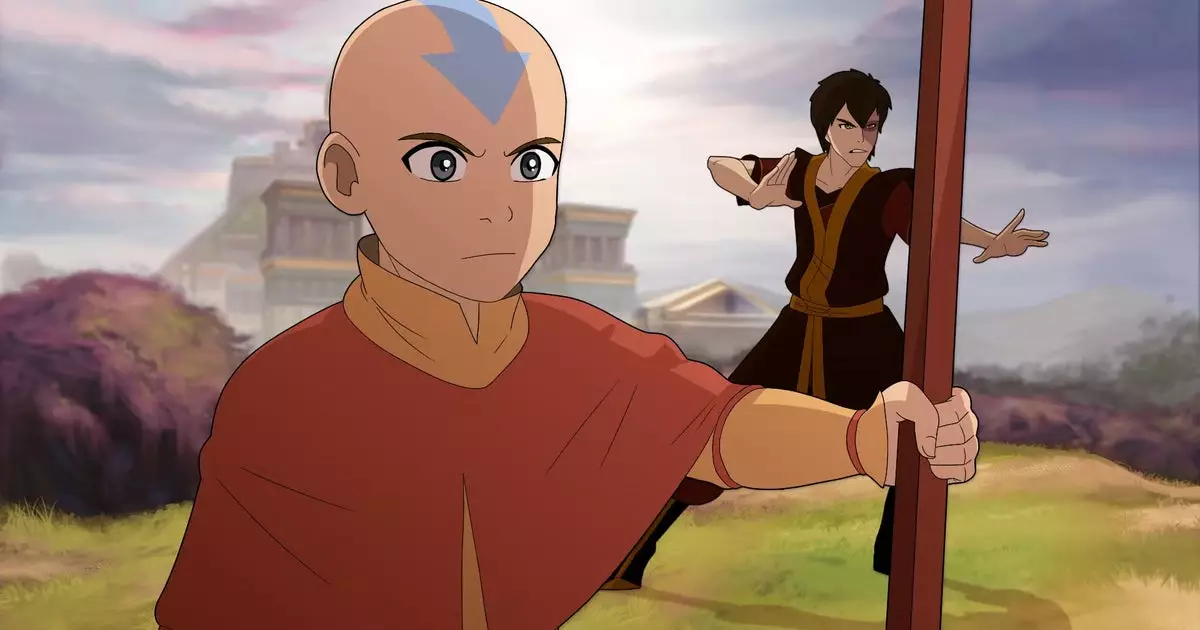Since its debut on Nickelodeon in 2005, “Avatar: The Last Airbender” has captivated audiences with its rich storytelling and well-developed characters. While its legacy remains iconic, adaptations of this beloved series have often stumbled, whether through lackluster film projects or uninspired video games. However, new hope emerges as Paramount Game Studios and Saber Interactive embark on an ambitious endeavor to create an action RPG that promises to immerse players in the expansive “Avatar Legends universe.”
This new undertaking is significant—the developers have declared it as the largest video game effort in the franchise’s history. This claim, while subjective, highlights the high expectations that both the creators and fans hold for this project. Collaborating with the original creators of the series shows a commitment to authenticity—a crucial aspect of successfully bringing the Avatar world to life in a new medium.
Gameplay and Immersion: A New Experience
Distinguished from previous adaptations, this forthcoming action RPG intends to allow players to master all four elements: water, air, fire, and earth. It invites an innovative approach to gameplay, where players could engage in dynamic combat alongside companions while navigating the precarious landscape of the Avatar universe. There’s a sense that the developers aim for a balance between familiar lore and unique player experiences, as participants will not necessarily control an existing character from the series.
The promise of experiencing the “challenges and decisions that come with being the keeper of balance” hints at a deeply immersive narrative that emphasizes consequences—something that the original series excelled at. This complexity might provide an engaging alternative to earlier adaptations, which often felt too simplistic or unfocused.
Learning from the Past
Despite the excitement surrounding this announcement, it’s essential to acknowledge the pitfalls of previous games set in the “Avatar” universe. Many have been criticized for lacking depth and failing to capture the essence of the original series. For instance, while “The Legend of Korra” received some praise for its action-oriented gameplay, it ultimately fell short of the high standards set by its source material. Such historical context brings skepticism, but also a resurgence of hope—especially with the involvement of developers who have seen success in other adaptations, such as Saber Interactive’s recent work on “Space Marine 2.”
Overall, fans are justified in their cautious optimism. Being able to craft a story rich in the series’ themes—friendship, sacrifice, and balance—as players traverse a vividly rendered world, could pave the way for a significant evolution in video game storytelling. The challenge lies in harnessing the passion that made “Avatar: The Last Airbender” a phenomenon while steering clear of the stumbling blocks that previous adaptations encountered.
As development continues, the excitement surrounding this action RPG grows within the Avatar community. The commitment to remain faithful to the show’s spirit marks a potential turning point for adaptations of this beloved franchise. By learning from the limitations of the past and aiming for a layered, immersive experience, Paramount Game Studios and Saber Interactive may finally deliver a gaming experience worthy of the “Avatar” legacy. The fusion of skilled developers and the original creators creates a power duo that, if executed correctly, could redefine what an “Avatar” video game can be. The stage is set for what might become a landmark game in adventure RPGs, and fans are ready to embark on this new journey.

